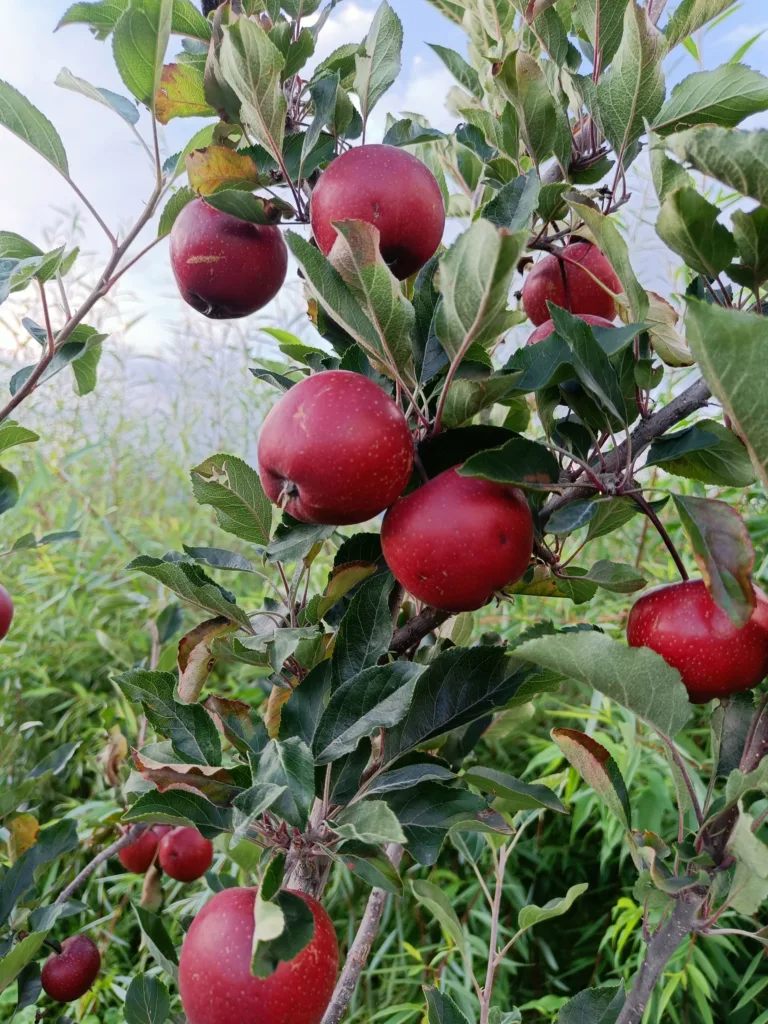
Muslim Brotherhood Disbands in Jordan Amid Crackdown, Raising Fears for Democracy and Palestinian Support
In a stunning move, the Muslim Brotherhood, Jordan’s biggest opposition group and a key Islamic movement, has announced it is dissolving itself. The decision comes after the Jordanian government banned the group, seized its assets, closed its offices, and froze its funds, accusing it of violence, sabotage, and threatening national security. The group says these claims are false and politically motivated.This is a major blow to Jordan’s politics, as the Brotherhood’s political wing, the Islamic Action Front (IAF), won 31 out of 138 seats in recent elections, gaining support for its stance against Israeli actions in Gaza. The ban is…
Global News

U.S. Senator Lindsey Graham Threatens 100–500% Tariffs on India, China for Russian Oil Imports
In a provocative move that has sent shockwaves through global diplomatic and economic circles, U.S. Senator Lindsey Graham, a senior…

Prince Alwaleed bin Khaled, Saudi Arabia’s “Sleeping Prince,” Passes Away After Nearly 20 Years in Coma
Prince Khaled bin Talal has confirmed the passing of his son, Prince Alwaleed bin Khaled bin Talal, after nearly two…

Trump Claims Five Planes Downed in India-Pakistan Conflict, Congress Demands Modi’s Response
Washington/New Delhi: On Friday, July 18, 2025, US President Donald Trump made a startling claim during a dinner with Republican…

Google Launches Free Gemini AI Pro Plan for Indian Students Worth ₹19,500
Empowering Young Minds with AI: Students Get Access to Gemini 2.5 Pro, Veo, NotebookLM, and More In a major step…

Linda Yaccarino Quits as X CEO—Is Elon Musk’s ‘Everything App’ Dream Falling Apart?
Linda Yaccarino has resigned as CEO of Elon Musk-owned X. The former NBCUniversal ad sales executive announced her decision on…

Severe Flooding in Texas Overwhelms Kerrville During Holiday Weekend
KERRVILLE, Texas — A sudden and relentless storm unleashed up to 15 inches of rain across parts of central Texas,…
Important For You
Fruits

American Apple Medley: Navigating the Rich Tapestry of Supermarket Staples and Exclusive ‘Club’ Varieties
Diverse in sweetness, peel color, discovery date, ripening season, origin, and culinary applications, apples offer a multitude of options for…

Pomegranate Power: Discover the Ancient Superfruit’s Health Benefits, Winter Wonders, and Surprising Side Effects!
The pomegranate, scientifically known as Punica granatum, is a captivating and ancient fruit that has delighted palates and held symbolic…

“Winter’s Bounty: A Nutritional Guide to Top-Notch Fruits for Cold-Weather Wellness”
Winter brings a delightful array of fruits that not only tantalize your taste buds but also contribute to your overall…

“America’s Sweet Secret Banana Bonanza: The Magical Fruit with Health Benefits, Delicious Recipes, and Hidden Surprises!”
Bananas, often referred to as the “yellow wonder,” are one of the world’s most beloved and recognizable fruits. These vibrant,…

Wild Berry From Forest to Feast: Epic Recipes You Won’t Believe Exist!
Wild berry is nature’s hidden gem, scattered across forests, meadows, and untamed landscapes, waiting to be discovered by the curious…

Apple Recipes, Surprising Uses, and Potential Side Effects Unveiled!
The apple, scientifically known as Malus domestica, is one of the most beloved and widely consumed fruits in the world….










